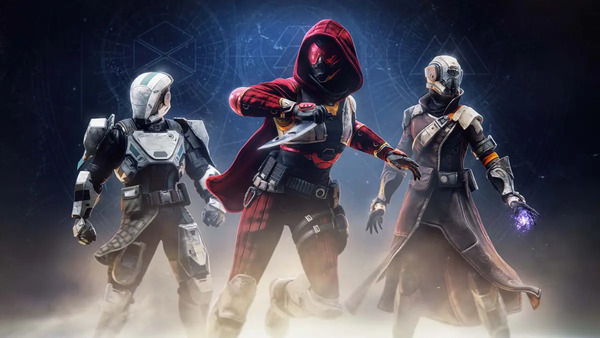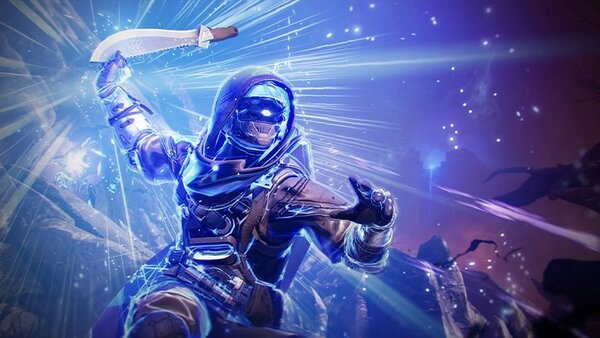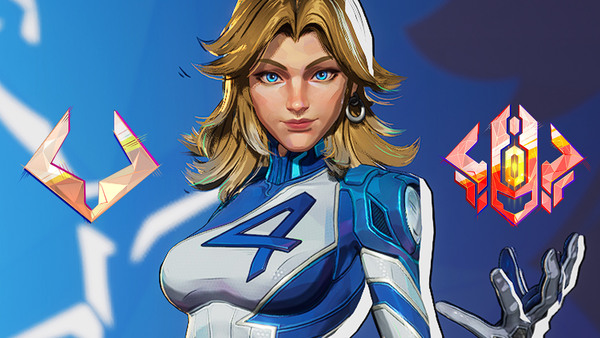Advertisement
Popular Now
Introduction
Since its launch in 2017, Destiny 2 has established itself as a unique blend of first-person shooter mechanics and MMO elements, captivating a diverse player base. However, the game has faced significant challenges related to player retention, with many players leaving after initial excitement wanes. This article delves into the specific issue of player retention in Destiny 2, exploring its causes, impacts on the community, Bungie's response, and potential strategies for improvement.
The Evolution of Destiny 2's Player Base
Destiny 2's player base has experienced significant fluctuations since its release. Initially, the game saw a surge in players, driven by its captivating lore, rich gameplay, and engaging cooperative activities. However, as with many live-service games, interest can dwindle over time, particularly after major expansions or updates. The transition from Destiny 1 to Destiny 2 marked a pivotal moment for the franchise. Many players expected a seamless evolution of gameplay and content, but the initial release of Destiny 2 was met with mixed reactions. Players were frustrated with missing features from the first game, leading to a drop in engagement shortly after launch.Understanding Player Retention Issues
Player retention in Destiny 2 is influenced by various factors, including content pacing, game balance, and community engagement. One significant issue is the rate at which new content is released. Players often express frustration when the game lacks fresh, engaging activities, leading to feelings of stagnation. Moreover, the balance between PvE (Player vs. Environment) and PvP (Player vs. Player) content can create divides within the community. Players may feel that Bungie favors one aspect over the other, leading to dissatisfaction among those who prefer different playstyles.Content Droughts and Their Impact
 One of the most prominent challenges to player retention is the phenomenon of "content droughts." After major expansions, there can be extended periods without significant updates, leading players to feel that there is little to do. This feeling of inactivity can drive players away, especially when competing games release new content during these lulls.
Content droughts can result in a decline in player engagement metrics, as players look for alternatives that offer more consistent and rewarding experiences. The frustration surrounding this issue often leads to vocal dissatisfaction on social media and gaming forums, impacting Bungie's reputation and player morale.
One of the most prominent challenges to player retention is the phenomenon of "content droughts." After major expansions, there can be extended periods without significant updates, leading players to feel that there is little to do. This feeling of inactivity can drive players away, especially when competing games release new content during these lulls.
Content droughts can result in a decline in player engagement metrics, as players look for alternatives that offer more consistent and rewarding experiences. The frustration surrounding this issue often leads to vocal dissatisfaction on social media and gaming forums, impacting Bungie's reputation and player morale.
The Role of Seasonal Content
To address retention issues, Bungie introduced a seasonal model, releasing new content every few months. This model aims to provide players with fresh activities, rewards, and lore that keeps the game feeling alive. However, the effectiveness of this approach is often debated within the community. While some players appreciate the consistent flow of content, others argue that the seasonal model leads to shallow gameplay experiences. Players may feel compelled to engage with the new content quickly, leading to a cycle of consumption that doesn't foster long-term engagement.Community Feedback and Bungie's Response
Bungie has made efforts to address player retention through community feedback mechanisms. They frequently engage with players via forums, surveys, and social media, allowing the community to voice their concerns about game balance, content pacing, and overall enjoyment. One notable response to community feedback was the adjustment of rewards and incentives within the game. By enhancing the value of activities and ensuring that rewards are meaningful, Bungie aims to keep players engaged and motivated to continue playing.The Importance of Game Balance
 Game balance is another critical aspect of player retention. If certain weapons, subclasses, or strategies dominate the meta, it can lead to frustration among players who prefer different playstyles. Ensuring a balanced environment encourages a diverse player base and keeps the gameplay experience fresh.
Bungie’s efforts to regularly adjust weapon and subclass balance through patches are essential in addressing this issue. However, rapid changes can also lead to discontent, as players may feel that their favorite playstyles are being undermined or neglected.
Game balance is another critical aspect of player retention. If certain weapons, subclasses, or strategies dominate the meta, it can lead to frustration among players who prefer different playstyles. Ensuring a balanced environment encourages a diverse player base and keeps the gameplay experience fresh.
Bungie’s efforts to regularly adjust weapon and subclass balance through patches are essential in addressing this issue. However, rapid changes can also lead to discontent, as players may feel that their favorite playstyles are being undermined or neglected.
Engagement Through Competitive Play
Competitive play can also influence player retention in Destiny 2. The Trials of Osiris, for example, serves as a pinnacle of competitive gameplay, drawing in players who thrive on challenge and skill-based play. However, the accessibility and balance of competitive modes can impact whether players choose to invest their time in these experiences. Improving the competitive landscape can enhance player engagement, providing a reason for players to continue honing their skills and striving for success. Addressing issues such as matchmaking fairness and reward structures is essential for maintaining a healthy competitive scene.Exploring Alternatives to Retain Players
As player retention continues to be a challenge, exploring alternative strategies becomes crucial. Expanding the game's lore through engaging storytelling can provide players with deeper connections to the content. Events that celebrate in-game achievements or community milestones can also foster a sense of belonging.- Engaging Community Events: Implementing regular events that encourage player participation can keep the community active and invested.
- Enhanced Social Features: Improving social features within the game, such as better clan systems and player interactions, can strengthen community bonds.
- Regular Developer Updates: Maintaining transparent communication about future content plans can help manage player expectations and sustain interest.


















